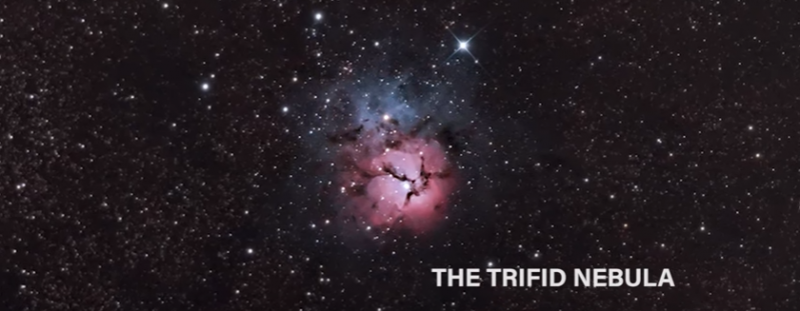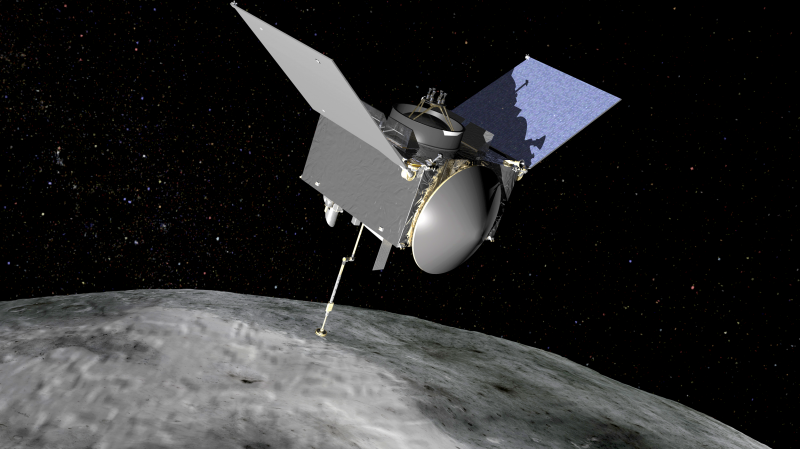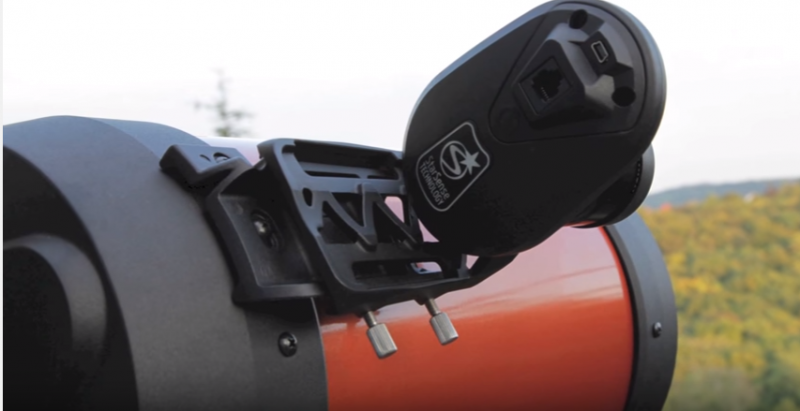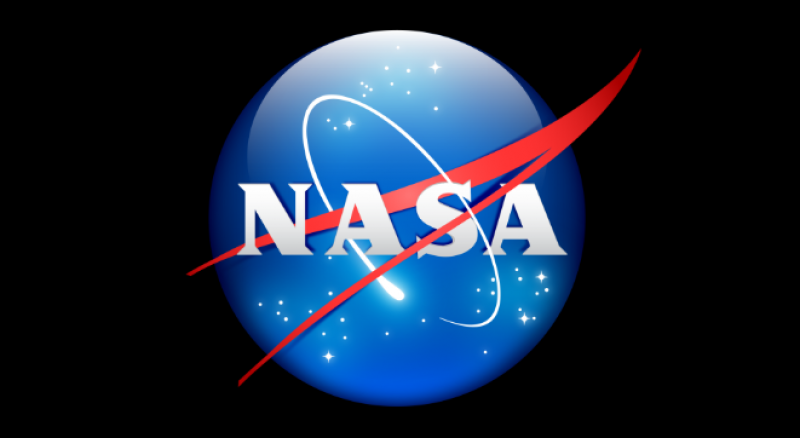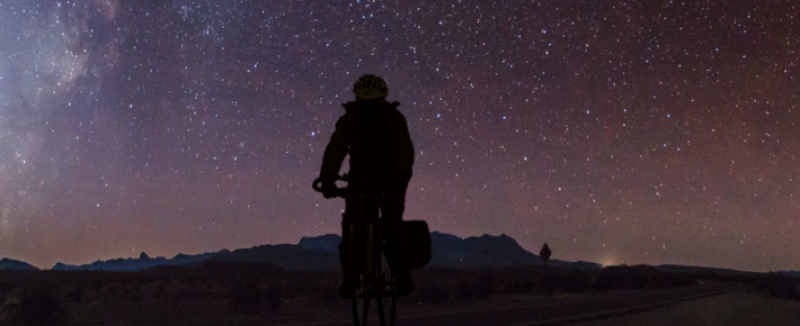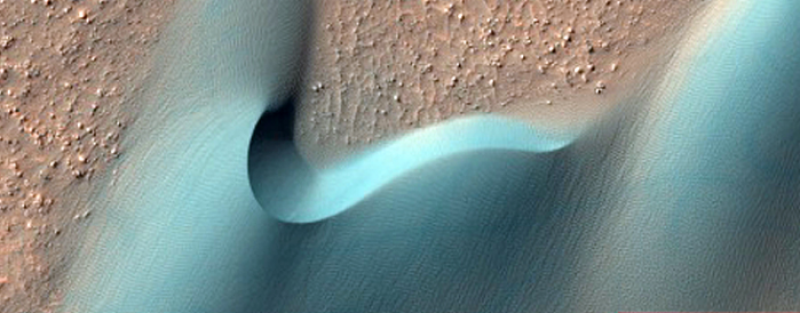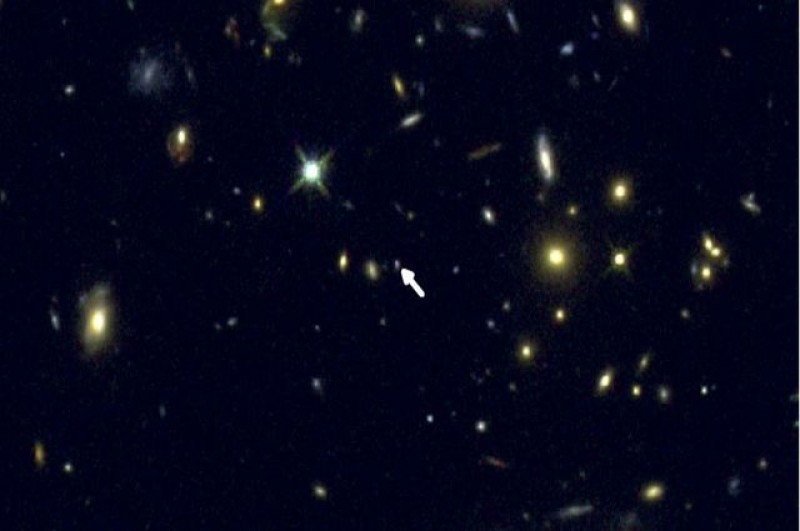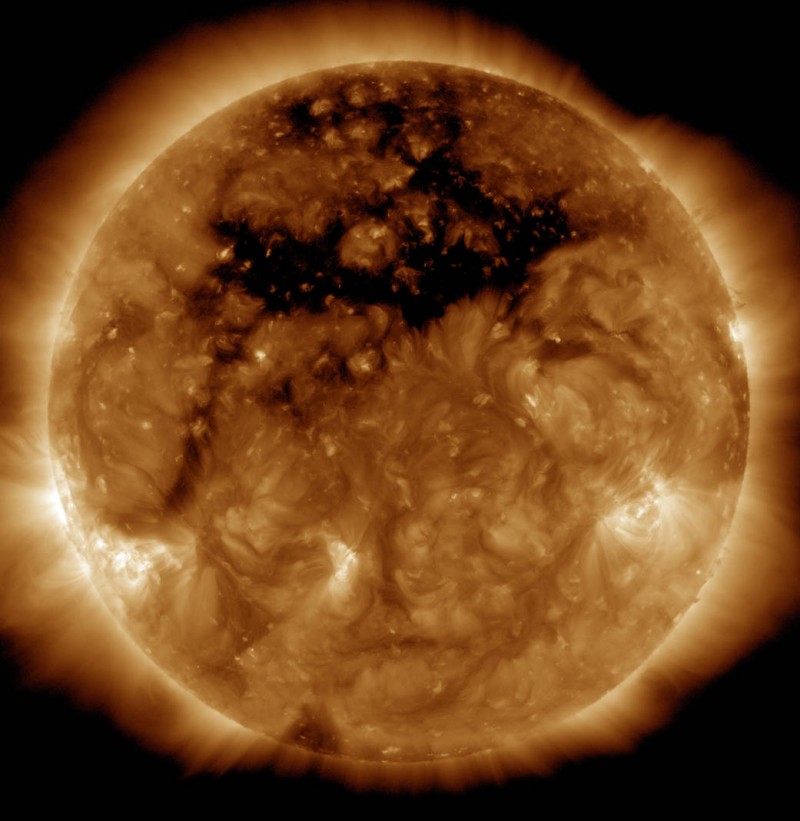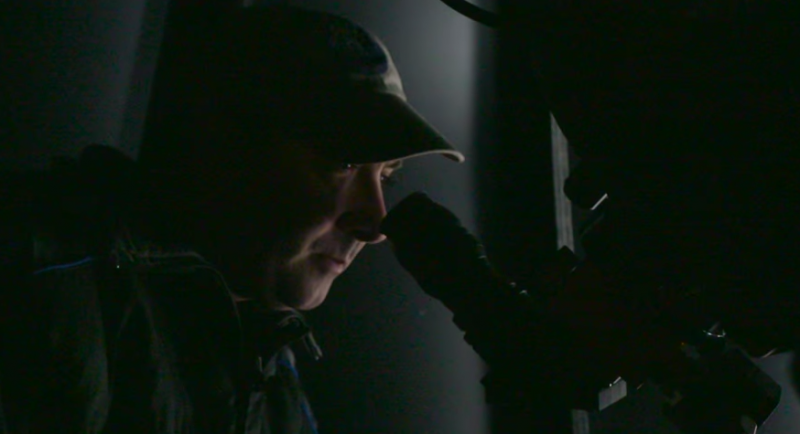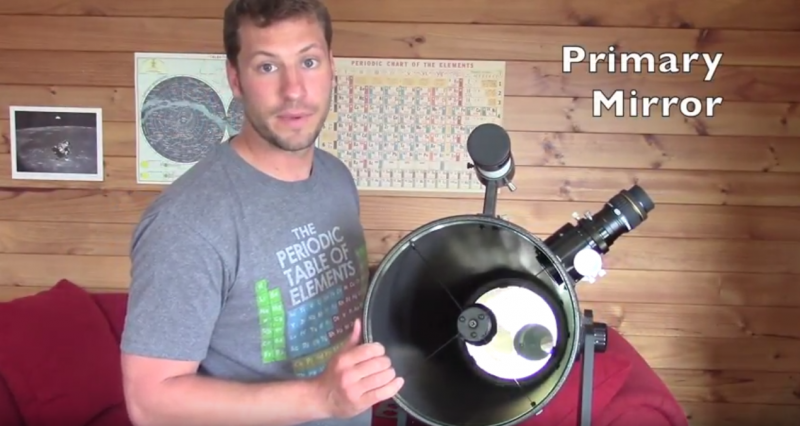Blog
VIDEO: 5 Tips to Make You a Better Astrophotographer
Tuesday, August 23rd 2016 09:12 PM
Taking a good photo of a distant nebula is easier said than done. For one thing, you can’t stand still. Or the nebula won’t. You’re reliant on your equipment and your equipment is modular, each part dependent on another.
Getting a good polar alignment, for example, will be the basic foundation. Without that, you and your equipment are going to be struggling at every step. A good mount, like a German Equatorial mount suggest in the video, will make that much easier and more precise. That and four other tips follow.
Watch it:
Read More
Read More
NASA Prepares to Launch First U.S. Asteroid Sample Return Mission
Friday, August 19th 2016 04:39 PM
OSIRIS-REx will travel to near-Earth asteroid Bennu on a sample return mission. NASA photo.
The Origins, Spectral Interpretation, Resource Identification, Security-Regolith Explorer (OSIRIS-REx) spacecraft will travel to the near-Earth asteroid Bennu and bring a sample back to Earth for intensive study. Launch is scheduled for 7:05 p.m. EDT Thursday, Sept. 8 from Cape Canaveral Air Force Station in Florida.
“This mission exemplifies our nation’s quest to boldly go and study our solar system and beyond to better understand the universe and our place in it,” said Geoff Yoder, acting associate administrator for the agency’s Science Mission Directorate in Washington. “NASA science is the greatest engine of scientific discovery on the planet and OSIRIS-REx embodies our directorate’s goal to innovate, explore, discover, and inspire.”
The 4,650-pound (2,110-kilogram) fully-fueled spacecraft will launch aboard...
Read More
Read More
VIDEO: Intimidated by Autoalignment? Don’t be!
Thursday, August 18th 2016 06:42 PM
Celestron StarSense autoalign kit installed on a Nexstar 8SE. See video below.
Autoalignment is not strictly necessary. But it is very comfortable to work with. It´s also easy to install. You can use the StarSense kit with most of the telescopes from Celestron. Here is a great video of an installation on a Celestron Nexstar 8SE.
Read More
Read More
NASA opens the doors to all of its research, for FREE
Tuesday, August 16th 2016 09:05 PM
Public access to NASA-funded research data now is just a click away, with the launch of a new agency public access portal. The creation of the NASA-Funded Research Results portal on NASA.gov reflects the agency’s ongoing commitment to providing broad public access to science data.
“At NASA, we are celebrating this opportunity to extend access to our extensive portfolio of scientific and technical publications,” said NASA Deputy Administrator Dava Newman. “Through open access and innovation we invite the global community to join us in exploring Earth, air and space.”
NASA now requires articles in peer-reviewed scholarly journals and papers in juried conference proceedings be publicly accessible via the agency’s PubSpace:
https://www.nihms.nih.gov/db/sub.cgi
PubSpace is an archive of original science journal articles produced by NASA-funded research and available online without a fee. The data will be available for download,...
Read More
Read More
Amateur Astronomer Pedals his Way Toward the August 2017 Solar Eclipse
Friday, August 12th 2016 11:40 PM
Amateur astronomer Gary Parkerson is spreading the word about the August 2017 coast-to-coast solar eclipse on a big bike equipped with a solar telescope mount as part of The Pedaling Astronomer Project.
If you see a slight fellow on a husky bicycle travelling the two-lane backroads heading west from Kansas (originating from Shreveport, Louisiana) with an astronomical telescope mount on the back rack, say Hi.
Gary Parkerson biked into Hutchinson on Tuesday evening on his bike, the “Big Surly.” The 62-year-old “Pedaling Astronomer” had already come 2,400 miles since he set out in May. However, his quest to bike through the lower 48 states in 16 months is far from over.
Parkerson is riding his bike from Shrevepor to Los Angeles, Calif., and documenting experiences using a solar telescope to photograph the sun. Parkerson is the managing editor for Astronomy Technology Today, an on-line magazine about astronomical equipme...
Read More
Read More
Most powerful camera in deep space just uploaded 1,000 new Mars pix
Friday, August 12th 2016 09:50 PM
HiRISE image of dunes within Arkhandelsky Crater. NASA/JPL/UofAriz
It has now been nearly a decade since the HiRISE camera arrived in orbit around Mars and began taking high-resolution images of the Red Planet. Tucked aboard the Mars Reconnaissance Orbiter, HiRISE has a telescope aperture of 0.5 meter, making it the most powerful camera ever sent into deep space, with a maximum resolution of about 0.3 meter/pixel. This has allowed NASA to spy on its Curiosity and Opportunity rovers from space.
The camera was sent to Mars to help scientists identify regions of the Red Planet that would be good candidates for sample return missions (which NASA hopes to fly sometime in the 2020s), as well as possible landing sites for humans on Mars (no earlier than the late 2030s, for NASA). The instrument has also allowed scientists to characterize the surface of Mars and better understand its evolution over billions of years.
As the 62.4-kg camera comes up on it...
Read More
Read More
UCLA grad student make first accurate measurement of oxygen in distant galaxy
Tuesday, August 9th 2016 05:12 PM
UCLA astronomy graduate student Ryan Sanders discovered a way to precisely measure oxygen in distant galaxies like COSMOS-1908, indicated by the arrow. Ryan Sanders, CANDELS team photo.
UCLA astronomers have made the first accurate measurement of the abundance of oxygen in a distant galaxy. Oxygen, the third-most abundant chemical element in the universe, is created inside stars and released into interstellar gas when stars die. Quantifying the amount of oxygen is key to understanding how matter cycles in and out of galaxies.
“This is by far the most distant galaxy for which the oxygen abundance has actually been measured,” said Alice Shapley, a UCLA professor of astronomy, and co-author of the study. “We’re looking back in time at this galaxy as it appeared 12 billion years ago.”
Knowing the abundance of oxygen in the galaxy called COSMOS-1908 is an important stepping stone toward allowing astronomers to better under...
Read More
Read More
How Long is a Day on the Sun? (VIDEO)
Tuesday, August 9th 2016 04:50 PM
Well, that depends. (Don't you hate that answer?)
NASA photo
The sun is complicated, more so than the planets. It's big, gaseous, and of course, a simple understanding of a day, ours anyway, is the time it takes for the sun to pass overhead. That definition won't work here.
The easiest answer is that of a sidereal day, a day in which the stars are the time keepers. A star can be found at one location in the sky one night and then the time it takes to find the star in that same position the next night is a sidereal day. For Earth, that is about 23 hours and 56 minutes, or 24 hours if you round up.
But even this solution to the question depends on where one is standing on the Sun as different parts of the Sun rotate at different speeds. At the equator, it would take approximately 24.5 Earth days while at the poles about 34 Earth days.
Watch:
Read More
Read More
VIDEO: The Blind Astronomer of Nova Scotia
Friday, August 5th 2016 05:18 PM
Tim Doucette is legally blind, yet he sees the stars better than most people. A childhood diagnosis of congenital cataracts forced doctors to remove Doucette's lenses and widen his pupils. Normal pupils adjust for the amount of light present, but Tim's are always open. Wide. He has to protect his eyes during the day, and is left with only about 10 percent of his sight, but at night...
After that surgery, just after he took the bandages off his eyes, he looked up and saw the Milky Way like almost no one has ever seen it before with their bare eyes. His wife Amanda bought him a telescope. Then, at a Royal Astronomical Society he was asked what he was seeing. He described a doughnut with a couple of little stars in the midde. He was told, no, not with that telescope. That's when things started to snowball.
Doucette is the founder of the Deep Sky Eye Observatory in Nova Scotia.
Read More
Read More
WATCH: Astronomy Basics, Part 2: Parts of the Dobsonian Telescope
Friday, August 5th 2016 04:31 PM
Parts of the Telescope: This is the second video in a series I've made to help my nieces and nephews, sisters, and parents use the Dobsonian Mount Reflector Telescopes that I bought them for Christmas. It is an introduction to telescopes and stargazing. -- Benjamin Poole.
Read More
Read More
